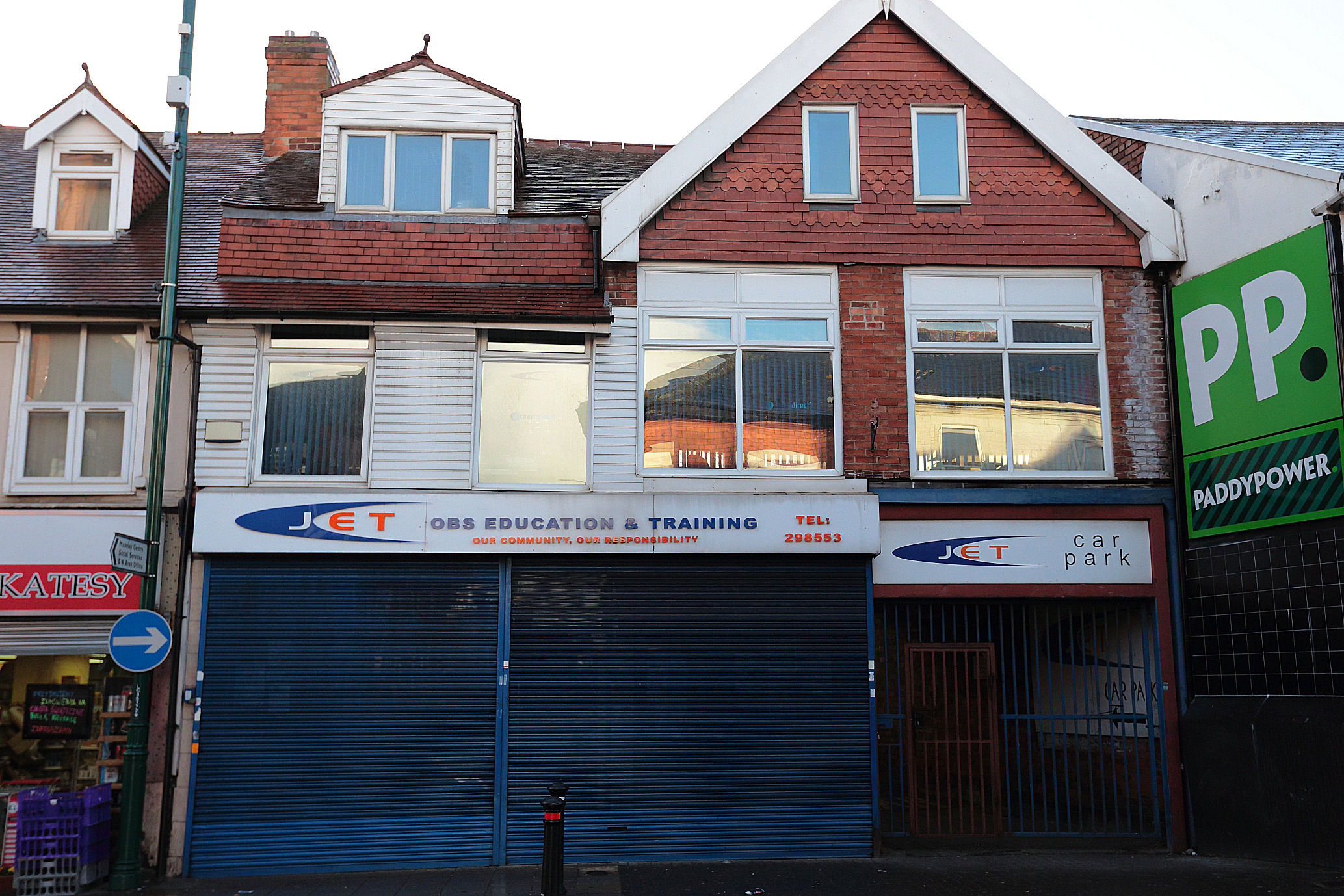The latest report issued by Derby Homes on Council Housing applications provides an interesting insight into why it is difficult to secure a Council House and the demographics of the people applying.
The database of houses is on “Derby Homefinder” and includes the Council housing stock owned by Derby City Council ( managed by Derby Homes) as well as those of 13 other Housing associations:
• Action Housing
• Affinity Sutton
• Derwent Living
• Friendship Care and Housing
• Guinness Northern Counties
• Metropolitan
• Nottingham Community Housing Associating
• Raglan Housing Association
• Riverside Group
• Salvation Army Housing Association
• Tuntum Housing Association
• Sage Housing
• Futures Housing Group
In total there are around 20,000 properties.
At 31 March 2022 there were 12,539 Derby Homes properties on the register, split
- 40% 3 bedrooms
- 30% 1 bedroom
- 27% 2 bedrooms
- 3% greater than 3 bedrooms
48% of the active applicants are single people/couples with no children. Subject to a few exceptions they can only bid for 1 bedroomed accommodation.
The average turnover of stock is 5.4% which equates to 679 of the 12,539 houses becoming available for re-let during the year. The outliers are 1 bedroomed houses at 9% and 3 bedroomed at 2.6%.
This means that just 14% of the people active on Homefinder will be successful in securing a Derby Homes house each year. Families looking for a 3 bedroomed property will have little success. Overall, 44% of applicants are waiting for more than a year.
An active applicant on Homefinder can place up to 3 “bids” ( i.e. registering a preference for an advertised property) per week. On average 82 people bid for the same property, with 3 bedrooms receiving 134 bids per advert reflecting the low turnover – conversely there are 45 bids per advert on 1 bedroomed properties.
People are prioritised based on the Council’s “Allocation Policy 2020-25”.
There are a few basic qualifiers to be able to register ( plus a few detailed points):
- Over 18
- Less than £75k in savings
- Income of less than £35kpa
- Local Connection – which is essentially ( there are exceptions)
- Have lived in Derby for six out of the last 12 months or
- Have lived in Derby for three out of the last five years or
- Work in Derby. Applicants who have permanent work in Derby have an
- immediate local connection.
Applicants are banded based on need:
- Corporate Needs – Care Leavers, moving from Supported Housing, severe medical , Foster Carers/Adopters
- Priority Needs – Threat of homelessness, medical/welfare grounds, HM Armed Forces, unsatisfactory housing conditions
- General Needs
20% of applicants are Corporate needs, and 78% are Priority needs leaving just 2% in the lowest category.
Applicants
80% of the applicants are UK nationals/British citizens, and 12% EEA nationals – the balance of 8% being non-Europeans.
63% of the lead applicants are women. 40% of the active applicants on the register are between the age of 22-34.
Comment
The problem is simply that demand significantly outstrips supply. It is also clear there are not enough 1 bedroomed properties
Inevitably, once people are in a Council/Housing Association property then they are likely to stay there for a number of years; hence the low turnover.
Increasing supply is not a realistic option to solving the problem, in the short term.
An application on Derby Homefinder is, notionally, means tested. However the threshold is far too high. The median salary in the UK is around £25k pa and the vast majority of people have savings of less than £75k – so the means testing is not filtering out enough people.
Typically the private rented sector is off-limits for people on Universal Credit and/or uncertain income. People who are earning £30k+ and have healthy savings have options with private landlords.
With 98% of active applicants being in the 2 priority needs bandings, the detailed allocation ( beyond length of time on the register) becomes arbitrary/subjective.
An option to make the process more targetted, and manage demand to those truly in need, would be to reduce the income threshold to around £25k (including everyone on Universal Credit) and reduce the savings limit to less than £16,000 ( general threshold for other benefits). The data is not available to assess whether this would make a substantial difference. If not then the thresholds should be tightened further.
A Derby Homefinder application is unnecessarily complicated which would deter a proportion of people, in real need, who feel unable to fill out the form. A housing application should not be an initiative test. A version with fewer, but targetted questions, would be better at identifying those who are the most deserving candidates for social housing.
The Housing Options team at Derby City Council/ Homes do a great job in difficult circumstances. They also offer help and support on entering the private rented market as well.
This link provides the pathway to all of the resources which some might helpful.
Categories: Uncategorized










